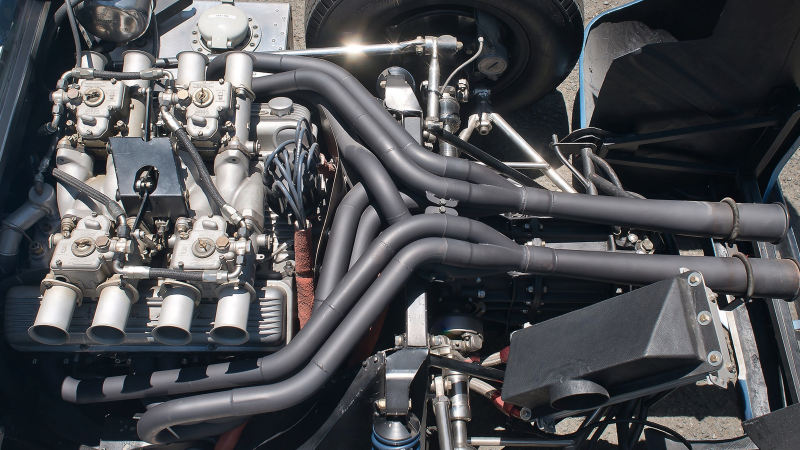As a young man, I had a couple of Mustangs 1966-67 and would do track days, autocross and enthusiast driving events. I was enamored with Weber carbs and ended up with a homemade downdraft setup on my Mustang (with 2 oval K+N filters) . They were easy to tune, as the jets, (high speed mixture) emulsion tubes (mid range RPM/throttle mixture) and air bleed jets (low RPM mixture) were all removable from the top. Even the venturi inserts were replaceable. So it was "easy" (not cheap) to make the carbs bigger for more flow. Which, of course, I had to do! If I remember correctly, the originals were 32mm and I installed 40mm venturi's. The question is did it help? Not as much as it would seem, the top end HP was ever so slightly better.
The system ran wonderfully, with instant throttle response, no carb related cornering problems (a big deal in those days when on sticky tires) and plenty of impressive looking equipment. It did freeze up on long trips, as the ice would build up on the outside of the carbs and lock up the throttle linkage! MPG was not good.
My friend had a similar car with a single plane intake manifold and modified Holley double-pumper 750 CFM carb (with milled off choke and radiused inlet) He made more peak HP than me. But his Holley would dump fuel in the corners, and I had far better response. In the end, I was faster, as I could power out of corners instantly.
Fast forward to today. Other than for a touch of nostalgia, I hope to never play with carbs again. I much prefer modern fuel injection!
In reality, the HP produced by any of these old engines was directly related to the camshaft choice. Those who could run a big camshaft successfully could make big HP at High RPM. What happened with the Webers is that a camshaft with a lot of lift/duration/overlap would cause a good bit of airflow reversion and double-carburete the fuel (mix some fuel as air was flowing backwards) and go "over rich" in the low and mid RPM range. This limited the Webers to either milder cams or very high RPM use. The 4 barrel carb was simply an easier way to get big HP from a high strung engine.
An interesting old-school setup in a real Lola race car. Not a big HP setup, but pretty effective.

![[Linked Image from galleryplus.ebayimg.com] [Linked Image from galleryplus.ebayimg.com]](https://galleryplus.ebayimg.com/ws/web/254176517806_1_1_1.jpg)

